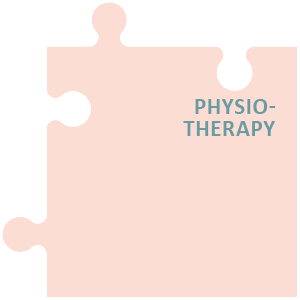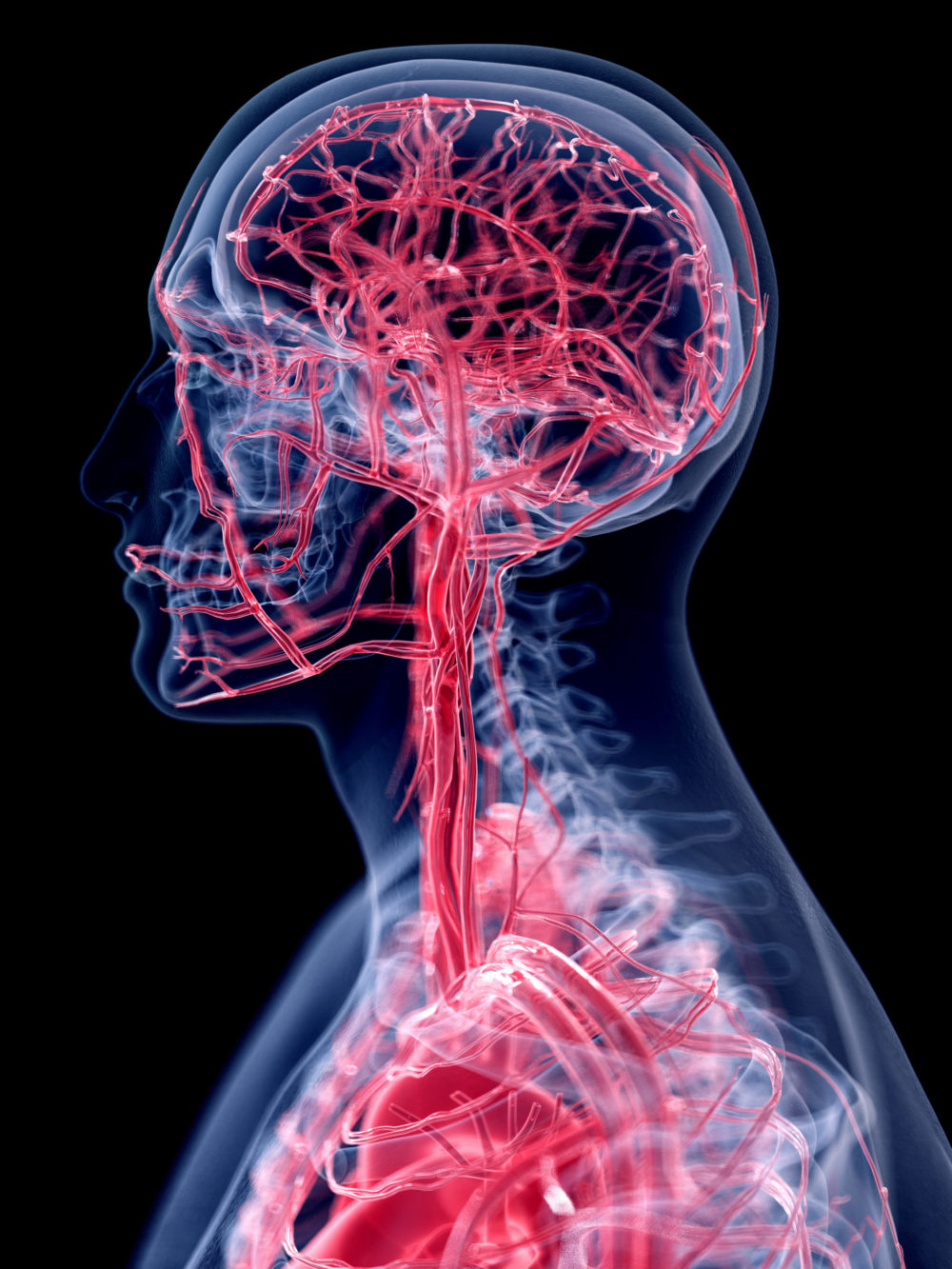Physiotherapy: 4th Element of the Integrated Eye Therapy
 How Physiotherapy Is Used In Integrated Eye Therapy
How Physiotherapy Is Used In Integrated Eye Therapy
Physiotherapy can be used to support patients within the Integrated Eye Therapy. This has been shown by our many years of practice and experience in the treatment of degenerative eye diseases: A methodical cooperation of eye acupuncture and physiotherapy is reasonable.
How Does Physiotherapy Affect Us?
The eye is one of the organs of the body with the highest blood supply. To ensure this intensive blood supply, they need a well-functioning cardiovascular system and an intact lymphatic system linked to it. These systems depend on the mobility of the internal organs, which in turn are controlled by the autonomic nervous system.
The autonomic nervous system is mainly located in the spinal cord. It regulates breathing, digestion and metabolism. It determines whether blood pressure rises, veins dilate or saliva flows. And: The autonomic nervous system deliberately cannot be influenced on purpose.
Both holistic physiotherapy and eye acupuncture according to Boel make use of these complex connections. The autonomic nervous system is positively influenced by various active and passive physiotherapeutic techniques. With connective tissue massage (fascial techniques), visceral osteopathic techniques, lymph drainage, manual therapy, cranio-sacral techniques, to name but a few, we achieve an improvement in the functions of the spine, respiration or peristalsis of the internal organs.
These physiotherapeutic treatments balance the body tissues and the functions of the organs. Blockages in the body are released. Blood circulation, regeneration and healing processes can be initiated.
The particular Correlation between Atlas Joint and Eyes

The first head joint, between the base of the skull and the first cervical vertebra is called the atlas.
The optimal position of the atlas of our first cervical vertebra ensures the natural symmetry of the spine and allows us to move the head freely to the left and right. A misrotation of the vertebrae can lead to various complaints, e.g. dizziness and impaired vision.
If the atlas is in a misalignment, the second head joint (axis) cannot rotate symmetrically. The possible consequence: rotational instability of the cervical spine, which can lead to a variety of complaints. This is because important cranial nerves run through the cervical spine and exit from the occipital bone. These include the accessorius nerve, hypoglossal nerve and vagus nerve.
They control the neck, the oral tract and some of the internal organs. Thus, a dysfunction of the atlas can have a negative effect on regeneration, healing or circulation processes and cause a reduced blood circulation of local or global nature.
These types of dysfunctions are often mechanical and can often be reduced or in some cases even eliminated by mechanical techniques, as is often the case with chronic and degenerative eye diseases.
The Four Elements of Integrated Eye Therapy according to Noll
- Anamnesis
- Eye Acupuncture
- Infusion Therapy
- Physiotherapy

